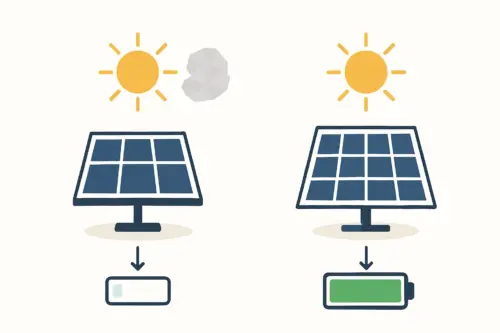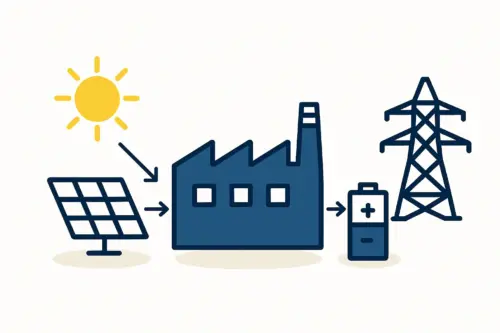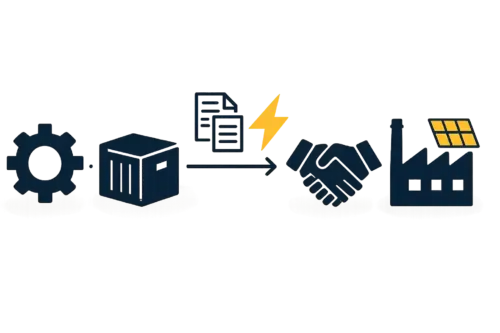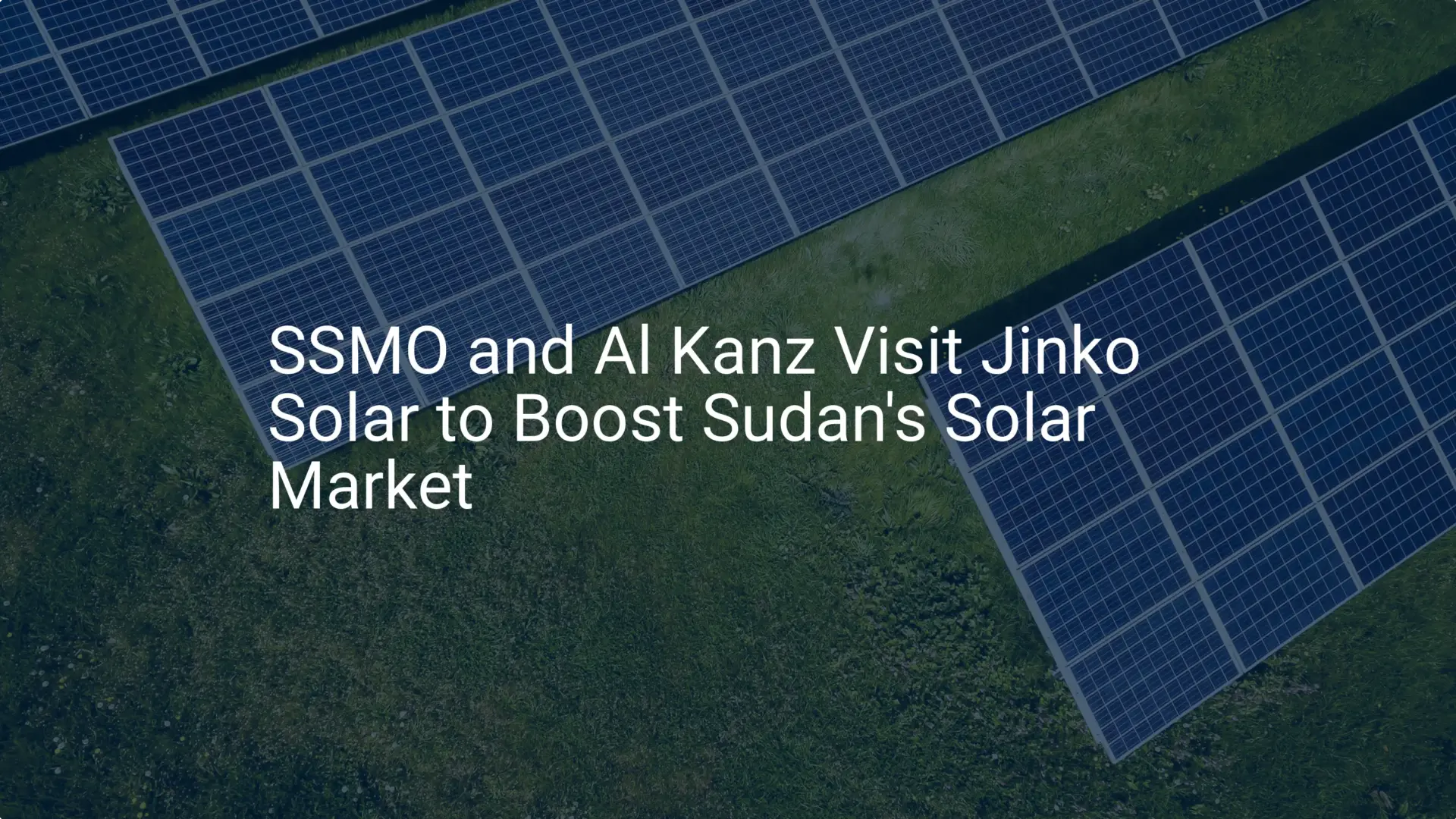An investor commits to launching a state-of-the-art manufacturing facility. The business plan is meticulous, detailing machinery specifications, production targets, and financial projections. With the land secured and initial equipment orders placed, the project seems ready.
Yet a critical variable, often underestimated, can determine its ultimate success or failure: the security of the physical assets and the operational environment. In a complex market like South Sudan, a robust security strategy isn’t just an operational expense; it represents a fundamental pillar of the business case itself.
This guide provides a professional framework for understanding and implementing security protocols for industrial assets in South Sudan. It is designed for entrepreneurs and business leaders who are experts in their industries but may be new to the unique challenges of establishing a physical presence in a developing, post-conflict region. Its focus is on proactive risk management and building a resilient operation from the ground up.
Understanding the Unique Operational Context of South Sudan
Before designing a security plan, it’s essential to appreciate the specific context. South Sudan presents a distinct set of variables that directly impact asset security, unlike in the established industrial zones of Europe or Asia. Standard security models, therefore, must be adapted to local realities.
Assessments from organizations like the World Bank and the United Nations Mission in South Sudan (UNMISS) highlight several key factors:
-
Logistical Vulnerabilities: The country’s developing infrastructure, with its limited paved road networks and unpredictable transit routes, presents significant challenges for supply chain security. Transporting high-value components, such as those needed when selecting the right manufacturing equipment, requires specialized planning to mitigate risks of delay, damage, or theft.
-
Community Interdependence: Industrial projects do not operate in a vacuum. The relationship with the local community is a critical security asset. Misunderstandings over land use, employment expectations, or environmental impact can create friction, whereas positive engagement can build a protective layer of goodwill and local intelligence.
-
Inconsistent Utilities: Unreliable power grids and infrastructure can disable modern security systems like cameras and electronic access control. Security planning must therefore account for power redundancy (generators, solar power) and incorporate non-technical or manual backup procedures.
Acknowledging these factors is the first step in moving from a reactive security posture to a strategic, proactive one. The goal is to build a facility that is not just physically hardened but also intelligently integrated into its environment.

Ready to make big Profits?
The solar Industry is Booming
WE HELP NEWCOMERS to the solar industry start their own solar module production line. Customers can make BIG PROFITS by selling modules and finding investors, without wasting money and time on things they don't need!
The Three Pillars of Industrial Asset Protection
A comprehensive security strategy rests on three interconnected pillars. Neglecting any one can create a vulnerability that undermines the entire operation.
Pillar 1: Physical Site Security
This is the most visible aspect of security, focused on protecting the facility’s perimeter and interior. It involves creating layers of defense to deter, detect, and delay unauthorized access.
-
Perimeter Control: This includes robust fencing, controlled entry and exit points (gates), and clear zones around the perimeter to prevent concealment. This design should be part of the initial factory building requirements, not an afterthought.
-
Access Management: A strict protocol governs who is allowed on-site. This process involves visitor logs, employee identification, and potentially tiered access levels for sensitive areas like raw material storage or finished goods warehouses.
-
Surveillance and Monitoring: While technology like CCTV is valuable, it needs the support of human oversight. In regions with intermittent power, guard patrols and manual checks are indispensable parts of a reliable monitoring system.
Pillar 2: Supply Chain and Logistical Security
Your assets are most vulnerable when in transit. A solar module factory, for instance, relies on the secure transport of fragile and high-value materials like solar cells and glass.
-
Route and Transport Vetting: This requires selecting reliable logistics partners with a proven track record in the region. Pre-planning primary and alternative routes is essential for adapting to changing local conditions.
-
Goods-in-Transit Protocols: Procedures can include tracking devices, security escorts for high-value shipments, and randomizing delivery schedules to avoid predictability. Proper insurance coverage for freight is a non-negotiable financial safeguard.
-
Warehouse and Inventory Control: Once on-site, materials require secure storage. A rigorous inventory management system helps quickly identify discrepancies that could indicate internal theft or mismanagement.
Pillar 3: Personnel and Information Security
The most sophisticated security hardware can be circumvented by human factors. A security-conscious culture is as important as a high fence.
-
Employee Vetting and Training: A thorough background screening process for all staff is a critical first step. Equally important is ongoing local labor and training requirements that includes security awareness, outlining each employee’s role in protecting company assets.
-
Internal Theft Prevention: This is an often-overlooked risk. Clear policies, segregated duties (e.g., separating procurement from receiving), and regular, unscheduled audits can significantly reduce the risk of internal losses.
-
Information Security: Protecting sensitive business information—such as payroll data, supplier lists, and production schedules—is vital. A simple information breach can create security vulnerabilities, for instance, by revealing shipment times to outside parties.
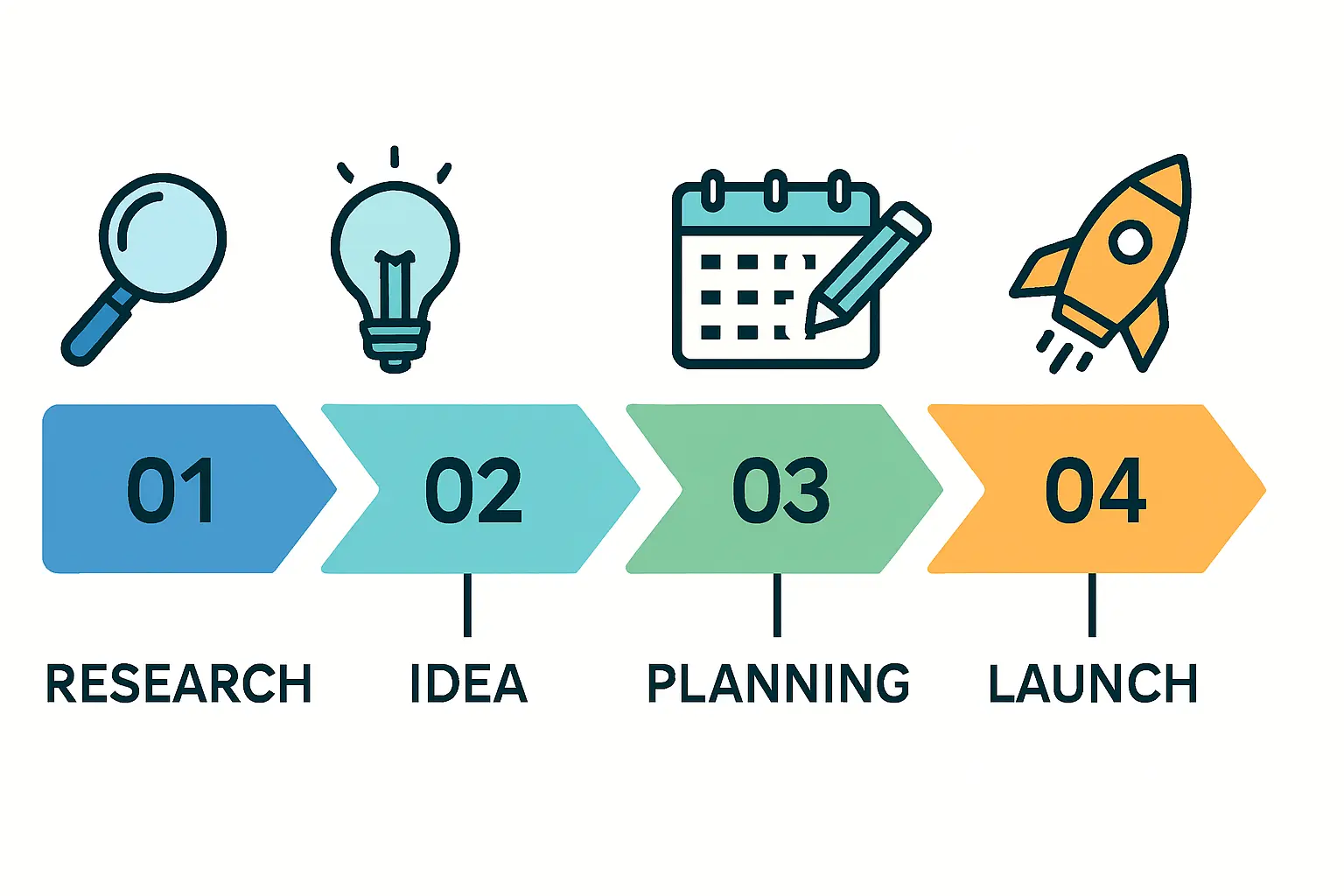
A Framework for Proactive Risk Management
Moving from theory to practice requires a structured approach. Experience from J.v.G. Technology GmbH turnkey projects shows that a proactive, multi-stage process delivers the most resilient and cost-effective security outcomes.
Step 1: Conduct a Comprehensive Security Risk Assessment (SRA)
Before a single brick is laid, a professional SRA should be conducted. This process systematically identifies potential threats (e.g., theft, civil unrest, vandalism), assesses their likelihood and potential impact, and evaluates existing vulnerabilities. The SRA provides the evidence-based foundation for your entire security plan.
Step 2: Develop a Layered and Adaptive Security Plan
The SRA forms the basis for a multi-layered security plan. The principle of ‘layered security’ ensures that if one defense fails, another is in place to stop or delay a threat. This plan should be a living document, reviewed and updated regularly to adapt to changing circumstances. A key component is defining clear Standard Operating Procedures (SOPs) for routine operations and emergency response.
Step 3: Foster Positive and Transparent Community Relations
In many successful projects in emerging markets, the local community is the most effective security asset. Engaging community leaders early, establishing transparent communication channels, and creating shared value through local employment or development initiatives can build a formidable defense against external threats. This social license to operate is often more valuable than any physical barrier.
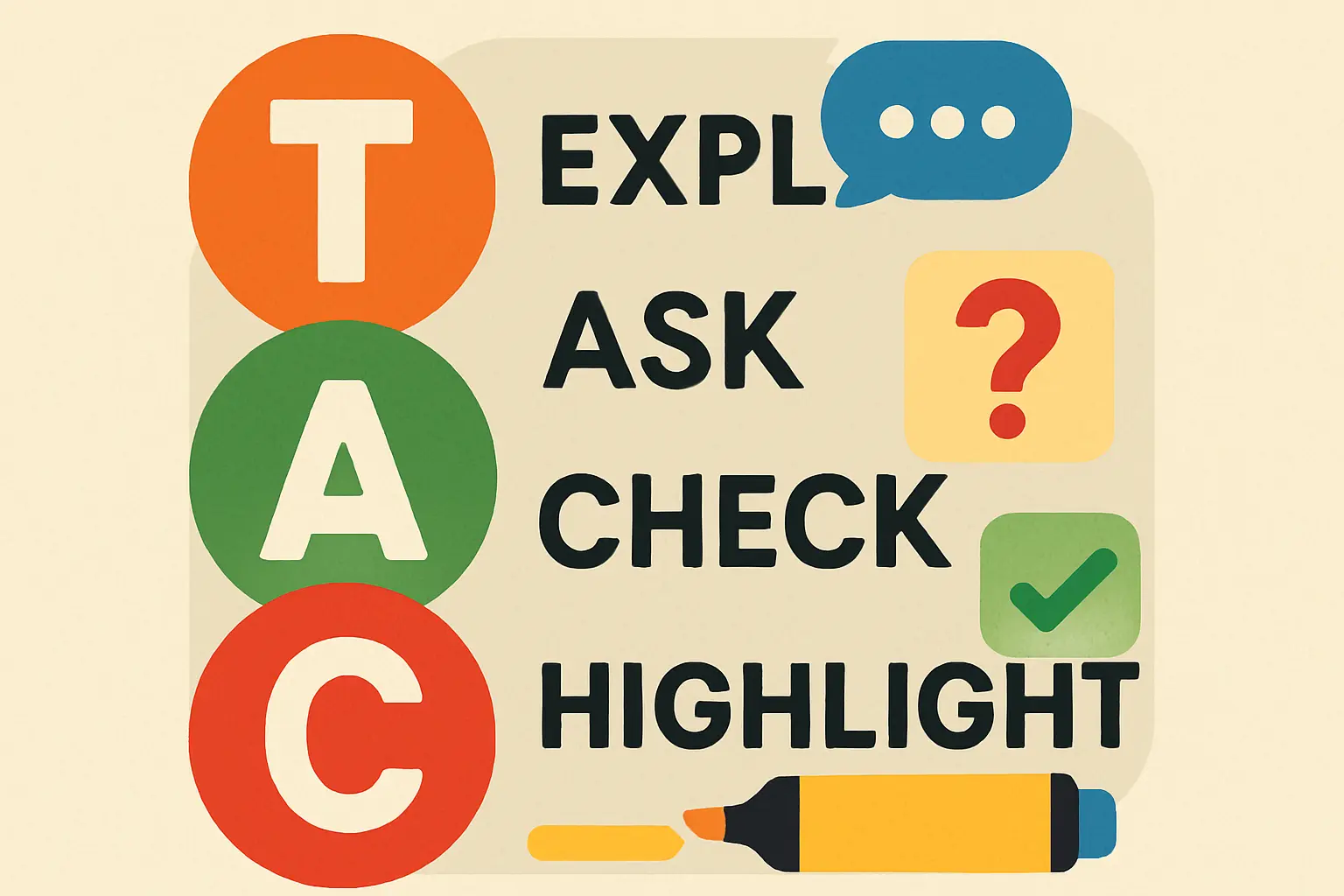
Frequently Asked Questions (FAQ)
-
How much should a new industrial project budget for security in South Sudan?
While there is no fixed percentage, budgets in high-risk environments can be significantly higher than in stable markets. A preliminary estimate might range from 5% to 15% of annual operating costs, depending on the facility’s location, value of assets, and the SRA findings. This cost should be factored into the initial financial modeling. -
Is it better to hire a private security contractor or build an in-house guard force?
Both models have their advantages. A reputable international or local security contractor brings established expertise, procedures, and management structures. An in-house force can offer greater loyalty and site-specific knowledge, but it requires significant investment in training, management, and oversight. A hybrid model is often the most effective solution. -
What is the role of government security forces in protecting private industrial assets?
Government forces are responsible for overall national security, but their resources may be limited. It is prudent to establish formal lines of communication with local authorities (e.g., police, regional administrators), but a facility’s security plan should be designed to be largely self-reliant for its day-to-day operations. -
How does security planning impact the overall project timeline?
Integrating security from the start can prevent costly delays. For example, failing to secure a site during construction can lead to theft of materials, setting the project back by weeks or months. Proper planning for secure logistics avoids delays in equipment delivery. A comprehensive guide on how to start a solar factory will always include risk management as a key phase in the project timeline.
Conclusion: Integrating Security into Your Core Business Strategy
For any entrepreneur or company planning to invest in South Sudan, security cannot be an appendix to the business plan—it must be woven into its very fabric. By understanding the local context, building a multi-layered defense strategy across physical, logistical, and personnel domains, and proactively engaging with the community, a manufacturing facility can do more than just survive—it can thrive.
This structured approach transforms security from a source of anxiety into a manageable business function and a key enabler of long-term success and profitability in one of Africa’s most promising frontier markets.


